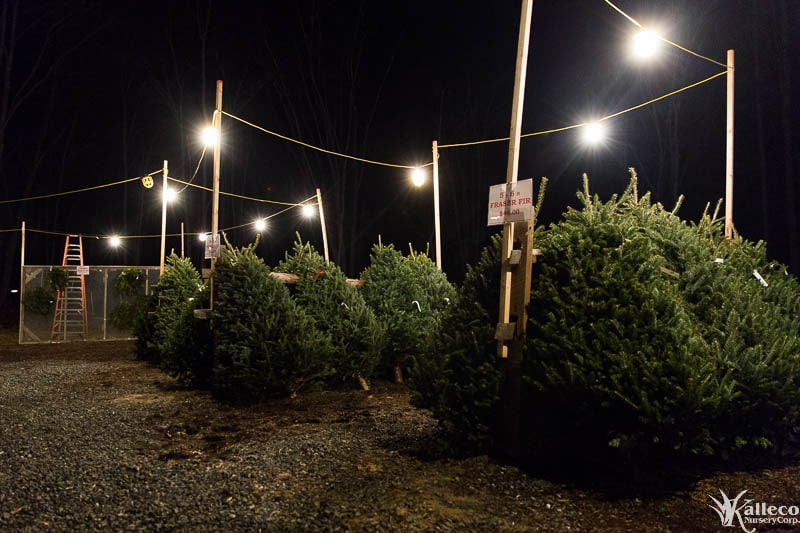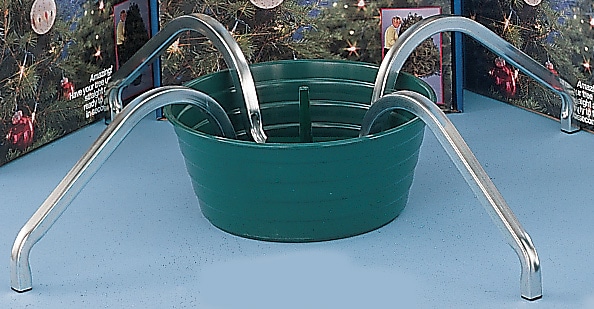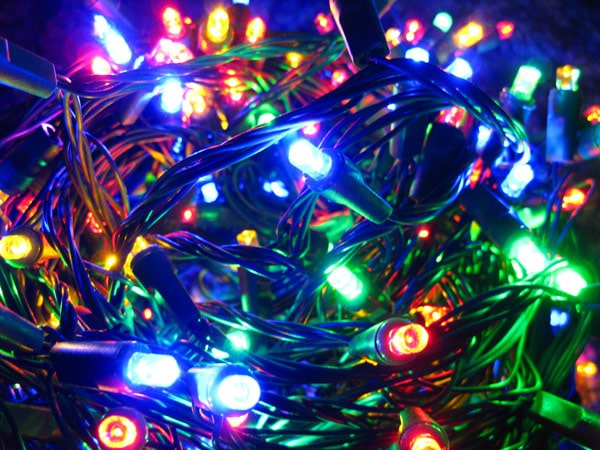It’s that time of year! Here is our quick guide to selecting sand caring for a real Christmas tree, so you can enjoy that amazing evergreen scent without the hassle.
Pick the Right Tree
There are several types of evergreens people use as Christmas trees, so selecting one that fits your home and lifestyle is the first step. Douglas Firs and Balsam Firs are classic and have that amazing Christmas tree scent, but they can shed needles heavily in very dry homes. While Blue Spruce is a gorgeous alternative with great shape and excellent needle holding, its prickly needles can pose harm to small kids and pets. Our pick is the Fraser Fir – amazing scent, long-lasting, soft needles, and great shape with strong boughs for even the heaviest ornaments.
Don’t forget to request a fresh cut for your tree! Taking a ½” off the bottom of the trunk will make water uptake easier. If you aren’t planning to put your tree up right away, store it outdoors with the trunk in a bucket of water to keep it fresh until you do.
Get the Right Stand
Not all stands are created equal! The larger your tree, the larger the water reservoir should be. As a general rule, the water dish should hold about 1 quart of water per diameter inch of the tree trunk; if your tree trunk is 4” wide, you should have a stand with a water reservoir that can hold at least 4 quarts.
If you have a particularly large tree, we recommend a stand like the Stand Straight system we sell at the nursery. A hole drilled in the center of the trunk goes right onto an upright screw at the base of the stand, so no fiddling and adjusting to get the tree straight. For smaller trees however, the classic screw model works fine.
Find the Right Spot
To minimize needle loss and drying, place your tree in a somewhat cooler room in the home. Make sure it’s far from any heaters or vents that could speed up the drying process.
Care for your Tree!
Check the water level of the tree daily – the trunk should be fully submerged for optimal water absorption. Fill as necessary. Sweep up any lost needles every couple days – it cuts down the mess later, as well as reducing fire hazard. When decorating your tree, opt for smaller, low-energy lights that won’t heat and dry out the tree.







